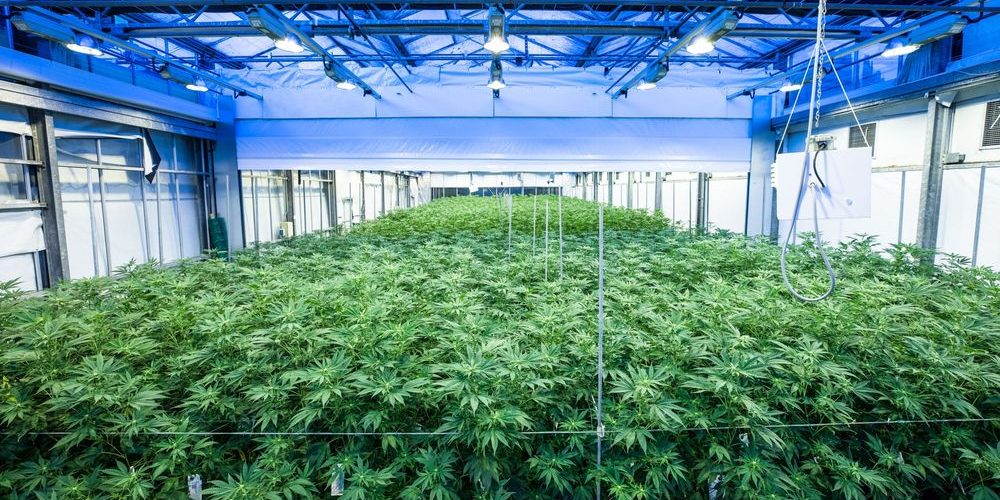Producing the right setting for cannabis farming involves Cannabis HVAC Design over several crucial factors. Whether you're rising indoors or in a greenhouse, knowledge these climate requirements may make the big difference between a mediocre harvest and exceptional yields.

Heat Administration
Pot flowers prosper within specific heat ranges that differ by growth stage. During the vegetative phase, maintain day temperatures between 70-85°F (21-29°C) and night conditions around 65-75°F (18-24°C). This temperature differential encourages balanced development and stops stress.
During flowering, somewhat colder situations perform best. Keep daytime temperatures between 65-80°F (18-26°C) and evening temperatures about 60-70°F (15-21°C). That cooler setting helps preserve terpenes and prevents temperature stress that may injury establishing buds.
Check temperature changes carefully. Unexpected changes may surprise crops and lower overall productivity. Use thermostats, supporters, and heat methods to maintain consistent problems during your rising space.
Moisture Control
Relative moisture represents a crucial position in preventing form and mold while supporting balanced place development. Young seedlings need higher humidity levels about 65-70% to guide their fine root methods and promote rapid growth.
As plants adult to the vegetative stage, slowly minimize moisture to 40-70%. This range provides enough moisture for vigorous growth while reducing the risk of fungal conditions that may devastate whole crops.
Throughout flowering, decrease humidity degrees become essential. Keep 40-50% relative humidity to prevent friend rot and different moisture-related problems. Dense bloom clusters build microclimates that lure moisture, creating proper ventilation critical in this phase.
Air Flow and Ventilation
Appropriate airflow strengthens plant stems, stops flat air pockets, and keeps consistent environmental conditions throughout your growing space. Mount fatigue fans to eliminate hot, humid air and consumption supporters to create in new, great air.
Position oscillating fans to produce soft air action throughout the plant canopy. This circulation mimics organic breeze styles and helps in avoiding pest infestations while strengthening seed structure.
Determine your ventilation wants based on space size and heat sources. A good principle involves entirely changing the air in your growing room every 3-5 moments throughout maximum growing periods.
Tracking and Adjustments
Invest in quality checking gear to monitor heat, humidity, and air flow patterns. Electronic devices with rural tracking features allow you to make adjustments even when far from your growing area.
Keep detail by detail records of environmental conditions and plant responses. That data assists recognize optimal options for your particular setup and strain requirements.
Seasonal Criteria

Outside growers must work with normal weather habits while indoor growers can maintain year-round consistency. Consider periodic power prices, local temperature patterns, and legitimate growing windows when preparing your growth schedule.
Achieving optimal environment situations involves attention to depth, quality equipment, and regular monitoring. These investments in appropriate environmental control will incentive you with healthiest plants, larger yields, and better quality harvests.
